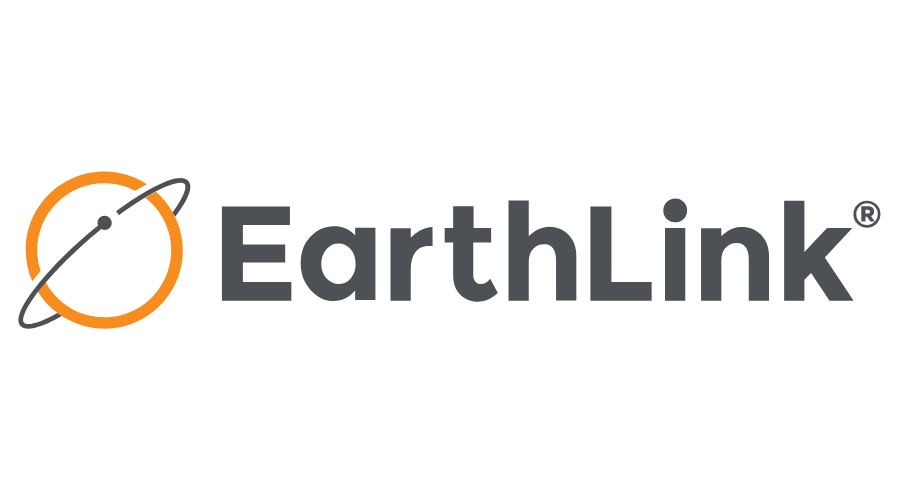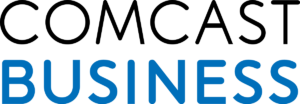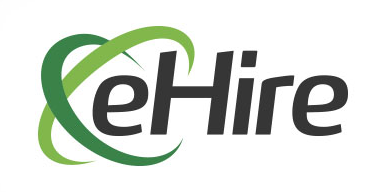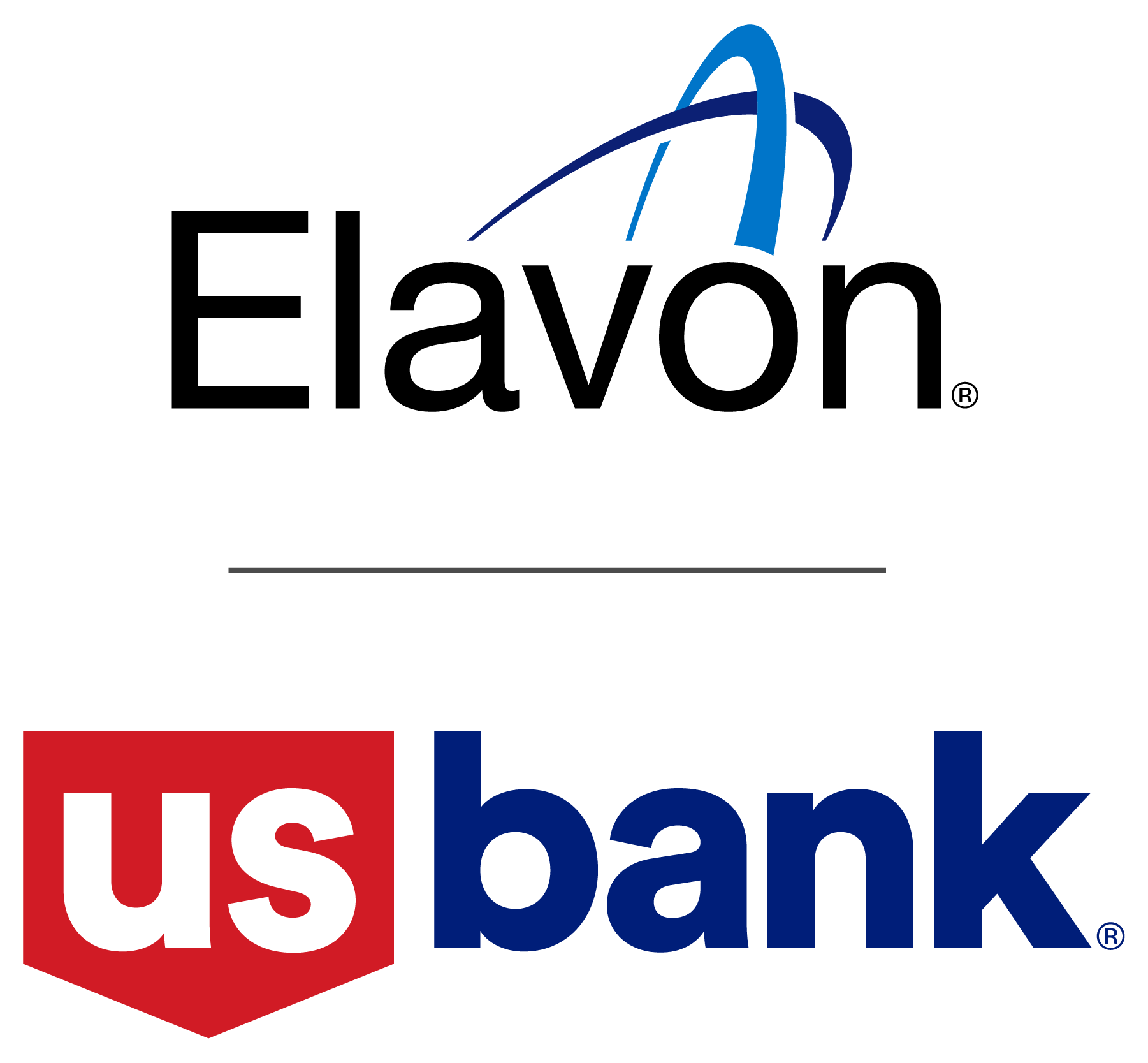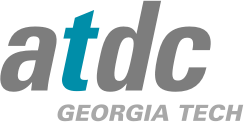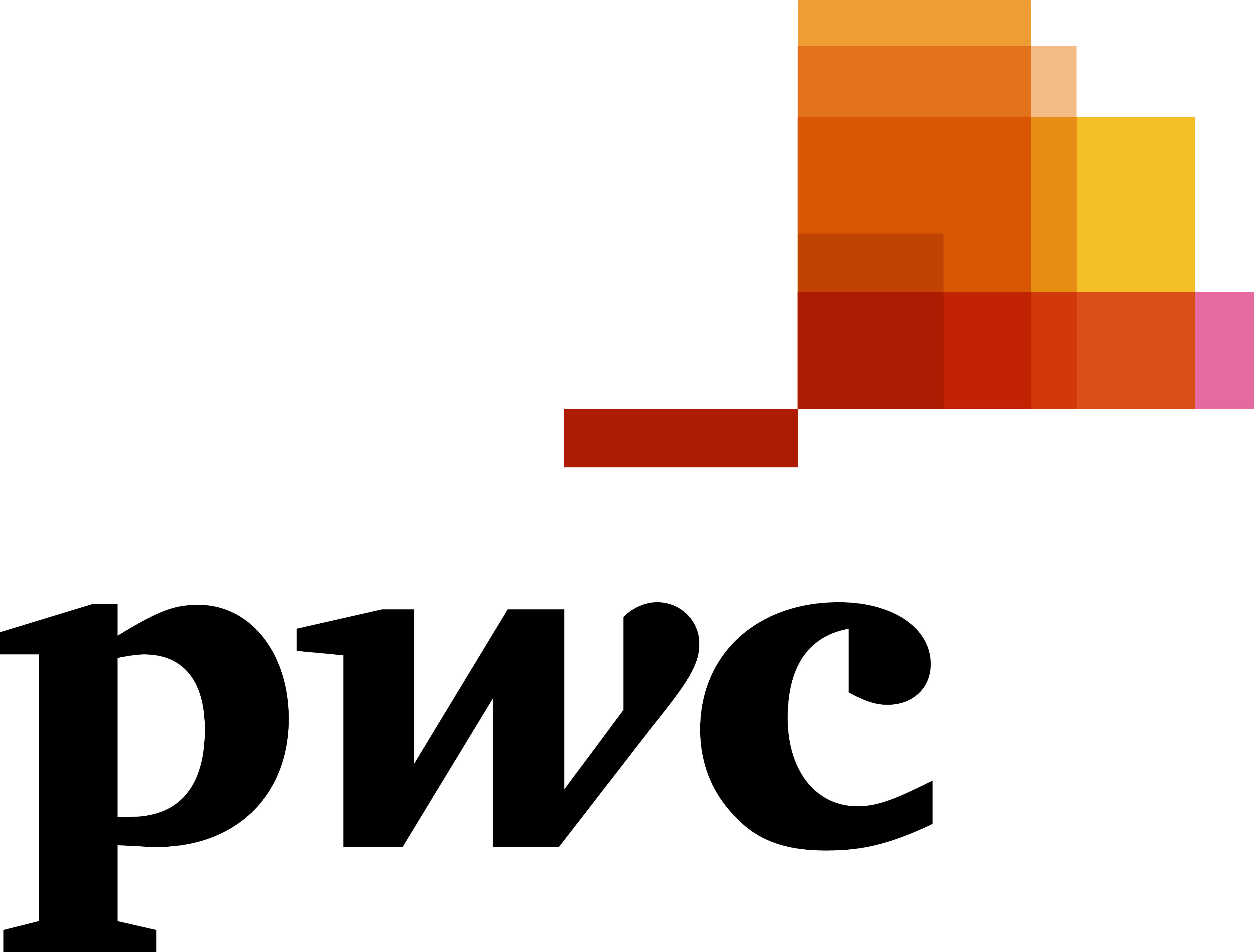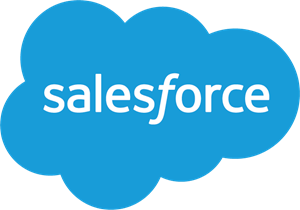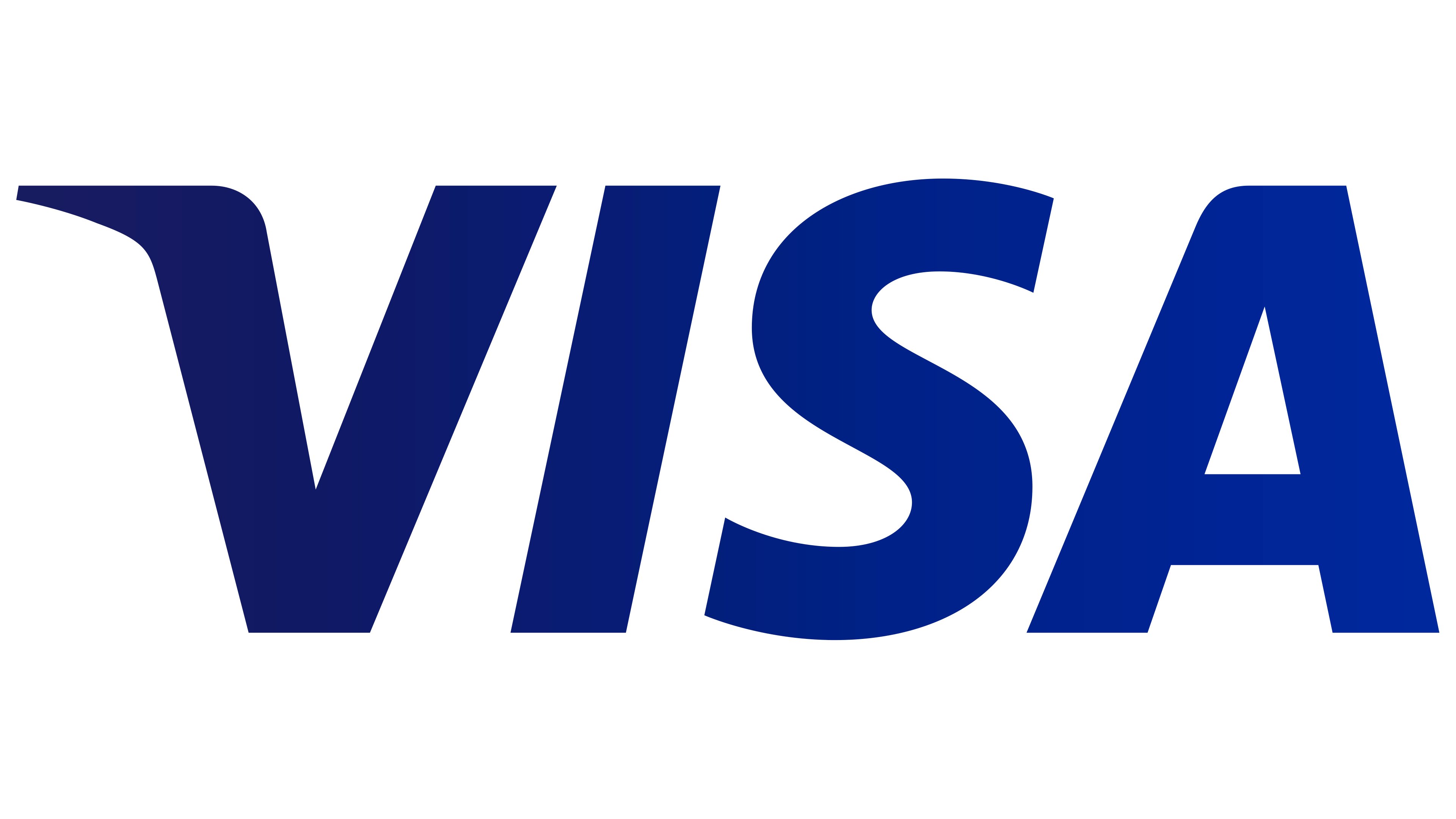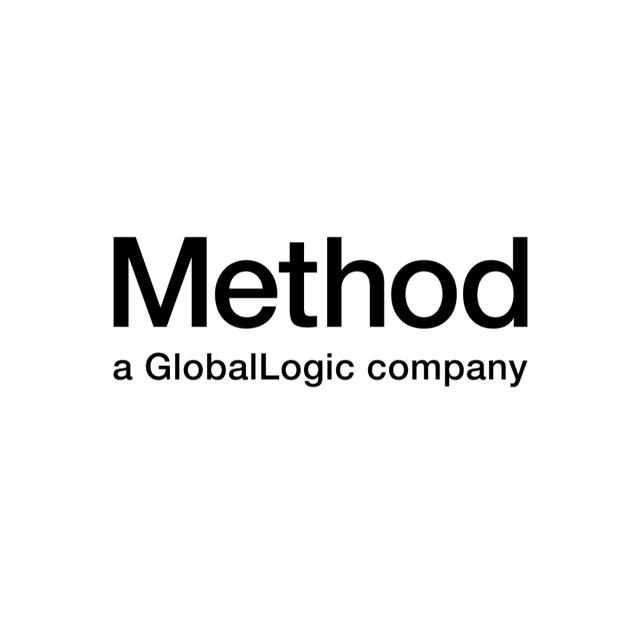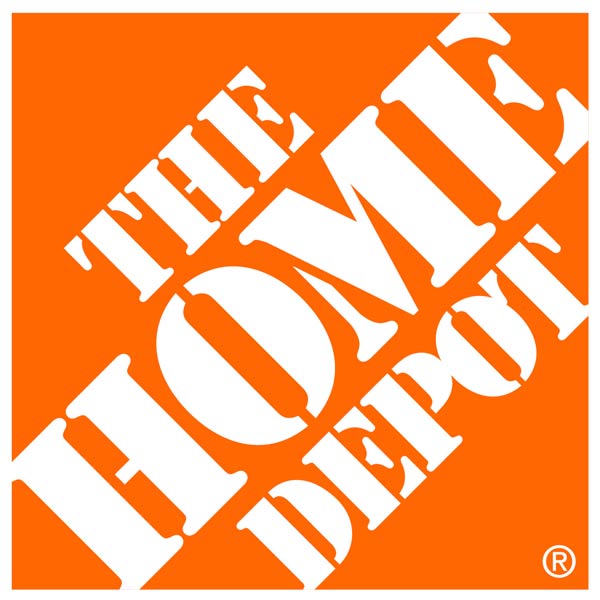he third Practice required to be implemented under CMMC V1.0 within your information security plans, falls under the capability, Limit data access to authorized users and processes (C004). This capability has similarities to the previous one discussed, Control internal system access (C002), and differs only that the expectations within AC.1.003 relate to limiting access to users and processes between your company network and outside networks, such as public internet. The Practice, AC.1.003 states: Verify and control and/or limit connections to, and use of, external information systems.
As provided in CMMC V1.0, Appendix B, Page 50, Discussion from the source: Draft NIST SP 800-171, R2 states:
“External systems are systems or components of systems for which organizations typically have no direct supervision and authority over the application of security requirements and controls or the determination of the effectiveness of implemented controls on those systems. External systems include personally owned systems, components, or devices and privately owned computing and communications devices resident in commercial or public facilities. This requirement also addresses the use of external systems for the processing, storage, or transmission of Federally Contracted Information (FCI), including accessing cloud services (e.g. infrastructure as a service, platform as a service, or software as a service) from organizational systems.
Organizations establish terms and conditions for the use of external systems in accordance with organizational security policies and procedures. Terms and conditions address as a minimum, the types of applications that can be accessed on organizational systems from external systems. If terms and conditions with the owners of external systems cannot be established, organizations may impose restrictions on organizational personnel using those external systems.
This requirement recognizes that there are circumstances where individuals using external systems (e.g., Contractors, coalition partners ) need to access organizational systems. In those situations, organizations need confidence that the external systems contain the necessary controls so as not to compromise, damage, or otherwise harm organizational systems. Verification that the required controls have been effectively implemented can be achieved by third-party, independent assessments, attestations, or other means, depending on the assurance or confidence level required by organizations.
Note that while external typically refers to outside of the organization’s direct supervision and authority, that is not always the case. Regarding the protection of federally contracted information across an organization, the organization may have systems that process FCI and others that do not. and among the systems that process federally contracted information there are likely access restrictions for FCI that apply between systems. Therefore, from the perspective of a given system, other systems within the organization may be considered external to that system.”
Clarification for this discussion: Make sure to control and manage connections between your company network and outside networks, such as the public internet or a network that does not belong to your company. Be aware of applications that can be run by outside systems. Control and limit personal devices like laptops, tablets, and phones from accessing the company networks and information. you can also choose to limit how and when your network is connected to outside systems and/or decide that only certain employees can connect to outside systems from network resources.
The example provided of this practice includes: You help manage IT for your employer. You and your coworkers are working on a big proposal, and all of you will put in extra hours over the weekend to get it done. Part of the proposal includes FCI. FCI is information that you or your company get from doing work for the federal government. Because FCI is not shared publicly, you remind your coworkers to use their company laptops, not personal laptops or tablets, when working on the proposal over the weekend.
Your IT provider may encourage you to use a ‘white list‘ or ‘black list‘ for websites that your company deems either to be safe, or not safe, respectively. You may need IT assistance in setting up this functionality, though researching and understanding the difference of these two terms will prove beneficial.
Our next article will focus on the 4th Practice within the CMMC Level 1 requirements.
Until then…
By Mark Lupo, MBCP, SMP
*Originally posted on UGA Small Business Development Center*



